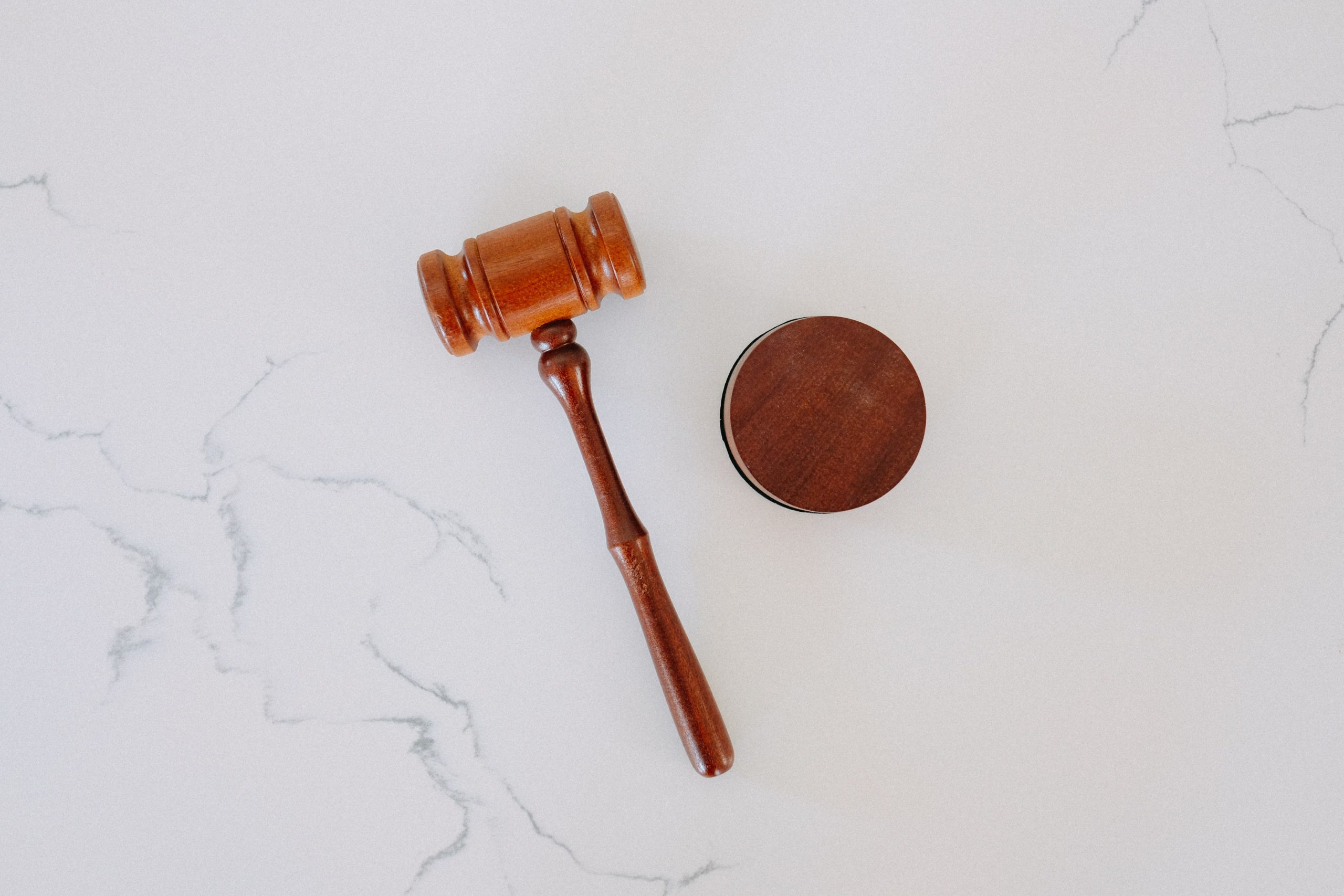By: Caroline Ross
Why Personal Injury Law Matters:
For many people, exposure to the realm of personal injury law has been in connection to car accidents. However, personal injury law encompasses a wide variety of claims that individuals can use to recover costs from civil wrongs. No one goes through life without sustaining an injury, so it is important to know the type of claims available when you get injured due to another person’s actions.
1. Vehicle Accidents:
Vehicle accidents are one of the most frequent types of personal injury cases. In 2019, there were approximately 32,600 personal injury collisions in Ontario. [1] If you get injured in a vehicle collision you can make a claim against the at fault motorist(s) or their insurer(s). Claims for injuries during these accidents can be made by anyone involved including motorists, passengers, pedestrians, or cyclists. Injuries stemming from boating, air, and rail accidents can also fall under this category.
Frequent scenarios that are responsible for vehicle collisions:
- Driving under the influence or while fatigued
- Speeding
- Failing to react appropriately to road conditions/situations
- Conducting unsafe lane changes or turns
- Being distracted or inattentive
Common types of injuries sustained through these accidents:
- Bone fractures
- Spinal cord damage
- Chronic pain
- Torn ligaments
- Soft tissue damage
2. Accidents on Private or Public Property
In Ontario, accidents on private or public property are subject to the Occupiers Liability Act[2]. An owner, manager, or occupier of property must take steps to ensure that in all reasonable circumstances a person on that premise will be safe. If a property owner fails to do so, they become liable for any injuries that occur on their premise(s). These types of accidents can occur on public land, private properties such as retail stores or restaurants, and in private homes.
Slip and falls are the most common type of accidents that occur on private or public property. Homeowners must take steps to ensure their driveway and walkaway are in good condition and free of ice and snow in the winter. Business owners must ensure their property is free of slipping hazards, and private parking lot owners must take steps to properly clear the parking spaces and aisle from ice and snow. Individuals can make claims against a municipality if an injury was sustained on public property that was not reasonable safe.
Another type of claim that falls under this category is animal attacks. Pet owners are responsible for ensuring that their pets do not cause harm to others.[3]
3. Workplace Accidents:
Injuries from overexertion, a fall of some kind, or being struck by equipment are the most common types of workplace injuries in Ontario.[4] If you get injured at your workplace, you are legally entitled to compensation, however there are special rules that apply. In Ontario, the Worker Safety Inspection Board (WSIB) is responsible for assessing claims for worker’s compensation in order to pay for damages that resulted from the injury.
Typically, you can not sue your employer for negligence if they provide WSIB insurance. If you want to sue your employer, then you must waive your right to receive worker’s compensation. However, if your employer does not provide WSIB coverage in the first place, you may sue your employer for your injury. Therefore, whether you experience an accident while performing your job (ex. struck by equipment) or due to your employer’s negligence (ex. slip and fall at your workplace’s icy parking lot), you must first decide if you will file for worker’s compensation with the WSIB or sue your employer.
4. Defective Products
You can sue the manufacturer of a product for compensation If you are injured by a product because it was marketed inappropriately, had misleading labels, or was defective. Canada generally has a high safety standard for the products that are sold to consumers. The Canadian Consumer Product Safety Act[5] and the Consumer Protection Act[6] regulate the responsibilities for sellers for advertising products and the safety standards for manufacturers.
Consumers can choose to sue in either contract or tort. In contract, consumers can sue because there was an implicit or explicit warranty for the product to have a reasonable life based its intended use. In tort, consumers can sue for negligence due to failures to properly inspect or manufacture the product.
5. Medical Malpractice
While physicians and hospitals in Canada are protected under medical liability insurance, it is possible to sue medical practitioners for negligence if you are injured while receiving medical treatment. If a qualified physician did not meet a reasonable standard of care and your injuries were a direct result of their actions, then you can sue to recover damages associated with your injury. However, if a qualified physical upheld an acceptable standard of care and performed all necessary steps in diagnosing and/or treating you, you can not file for medical malpractice. Therefore, claims for injuries resulting from medical practices can only be made if the physicians were reasonable even if they were wrong.
Disclaimer: The information provided in this response is for general informational purposes only and is not intended to be legal advice. The content provided does not create a legal client relationship, and nothing in this response should be considered as a substitute for professional legal advice. The information is based on general principles of law and may not reflect the most current legal developments or interpretations in your jurisdiction. Laws and regulations vary by jurisdiction, and the application and impact of laws can vary widely based on the specific facts and circumstances involved. You should consult with a qualified legal professional for advice regarding your specific situation.
[1] http://www.mto.gov.on.ca/english/publications/pdfs/preliminary-2019-orsar-selected-statistics.pdf
[2] Occupiers’ Liability Act, R.S.O. 1990, c. O.2
[3] Dog Owners’ Liability Act, R.S.O. 1990, c. D.16
[4] http://www.wsibstatistics.ca/S1/Event%20_%20WSIB%20By%20The%20Numbers_P.php
[5] Canada Consumer Product Safety Act (S.C. 2010, c. 21)
[6] Consumer Protection Act, 2002, S.O. 2002, c. 30, Sched. A

